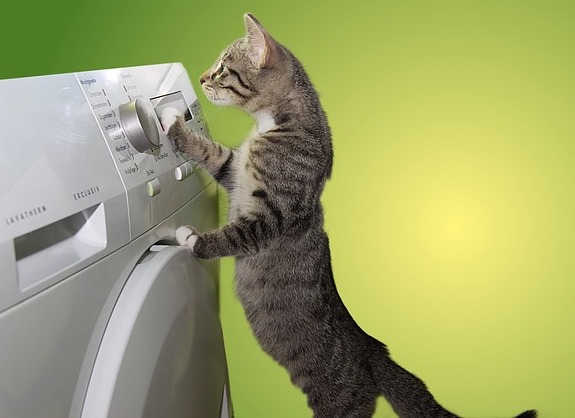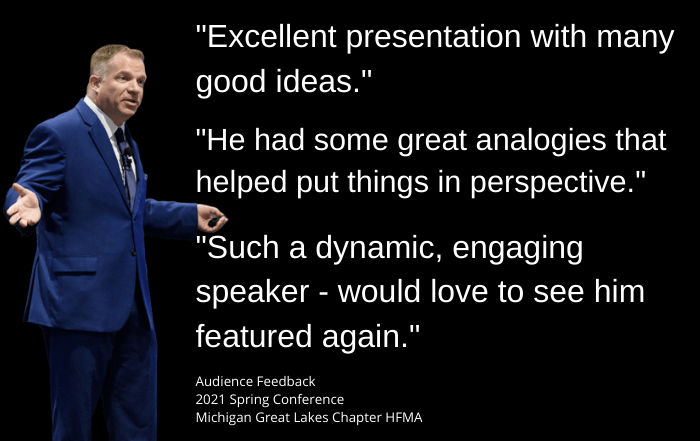 With more demands and fewer people to get things done, you may be tempted to consider increasing employee workloads. While this may be your best option, understand that adding one more thing can have a major impact on overall productivity.
With more demands and fewer people to get things done, you may be tempted to consider increasing employee workloads. While this may be your best option, understand that adding one more thing can have a major impact on overall productivity.
To illustrate this point, let’s go into your laundry room. You’ve almost finished drying some clothes. You then notice a wet sock on the floor. You realize you must have dropped it while transferring the other clothes from the washer to the dryer.
You hold the sock in your hands, considering the fastest solution. You didn’t anticipate this problem and want to fix it quickly.
You decide to throw the sock into the dryer, with the rest of the clothes. It seems like an action that makes sense. You imagine the warm, nearly dry clothes will quickly dry out the sock.
The opposite happens. While the sock will eventually dry, first it will make all of the other clothes more wet. One wet sock, added late in the game, lengthens the entire drying cycle. This costs you time and money.
Productivity problems, in your workplace, are like wet socks. Trying to solve them quickly often involves good intentions but poor outcomes. How can you better manage increasing employee workloads? Consider these tips:
Addition and Subtraction
When you give someone something new to do, you may want to consider if there’s a task that can be taken away. It’s possible certain duties have become part of a routine but are no longer effective uses of time.
To help with this process, have employees periodically track their time for a week and see how it’s being spent. That may reveal processes that no longer pack a productivity punch.
Just adding more work may only overwhelm people and start to move them into burnout. A strategic removal could produce harmony.
Faster or Better?
Increasing employee workloads may work successfully, if you can find ways to get things done faster or better. From your week long inventory, dive deeper into processes and see if there are better ways to get the same work done.
New software may allow you to combine steps and save time. Artificial intelligence may be able to handle frequently asked questions, directed to your customer service department, faster than people.
Stay up to date on marketplace innovations to make sure you’re using employee time effectively. It’s not an infinite resource.
Two-Way Communication
Some employees view their workloads as being carved in stone. For them, the tasks can never be changed or modified and they should never be questioned.
As a leader, you want to keep people from suffering in silence. You need to have honest conversations about workloads. It’s not about trying to get out of work but rather making sure the work gets done well. That won’t happen if people must rush through an endless buffet of tasks.
Leaders need to understand that certain things take longer to do than others. Work is rarely accomplished through magic, while from the outside, it may seem that way. Adding one more item to the mix may create problems.
A good way to start the conversation with employees sees you ask questions like, “What’s the thing that takes up more time than you think it should?” or “Are there better ways to get your work done and how could we accomplish those breakthroughs?”
Proactive conversations can eliminate a lot of issues and problems.






